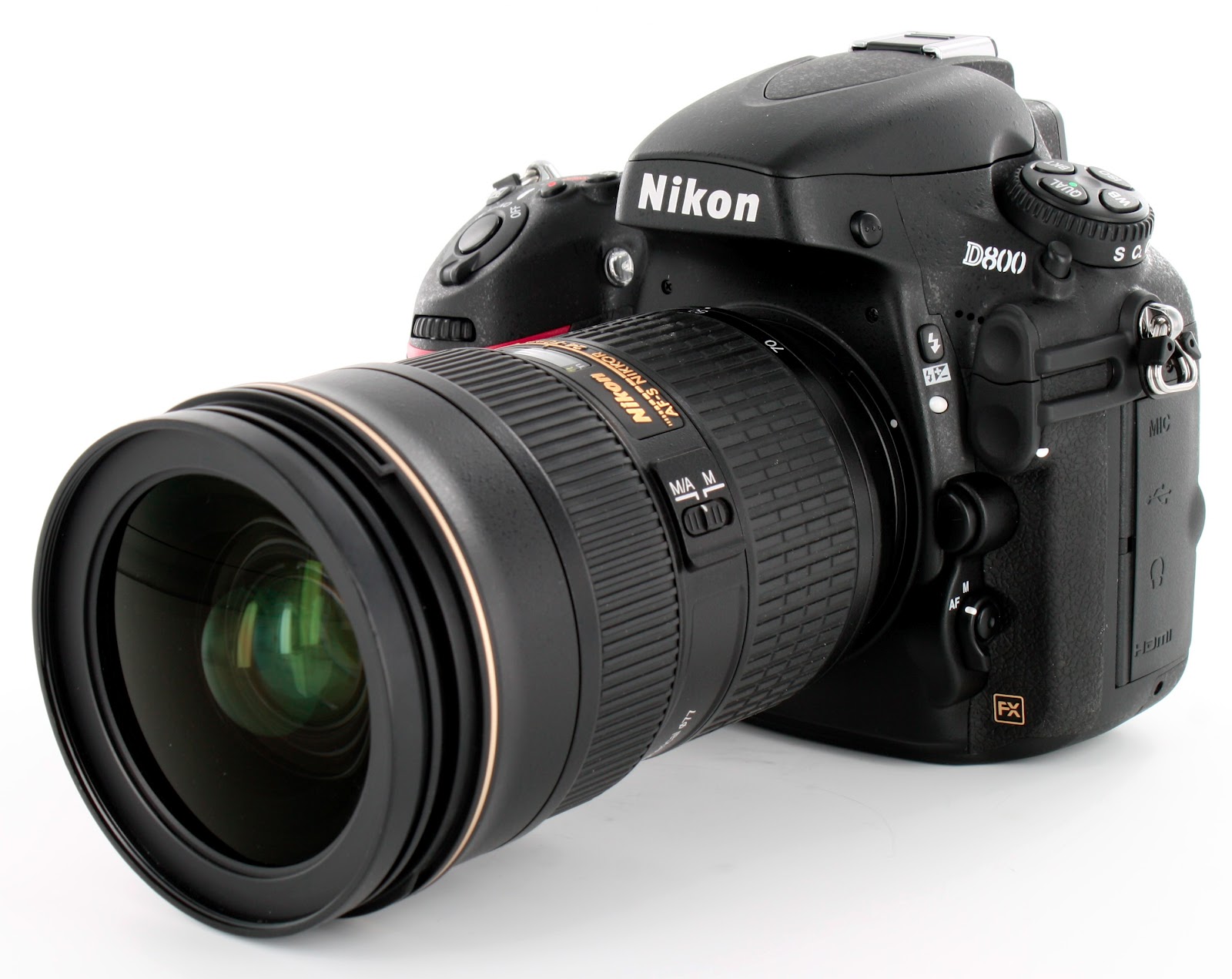 AA/LPF filter:
AA/LPF filter:
Now a days DSLR cameras installed LPF or AA filters before the lens so that the color aliasing problem will not affect the images. LPF stands for Low Pass Filter.AA stands for Anti-Aliasing Filter.
Add-On lens:
These are the lenses that have filter threads on the front edge which enables the photographer to mount a secondary lens in addition to the standard lens.The secondary lens may be of Wide angle or Telephoto lens.
AE:
It stands for Auto Exposure. It is a system which automatically sets the proper exposure according to the light conditions.
AE is of 3 types.
Programed AE: Here the best aperture shutter speed is taken by the camera automatically.
Shutter Priority AE: Here the user determines the shutter speed and aperture automatically adjusted according to it.
Aperture Priority AE: It is the reverse of Shutter Priority where the user decides the aperture value and the camera takes the desired shutter speeds.
Aliasing:
It is the effect due to sampling of the image or signal and is recognized by stair-stepping of smoothing edges where individual pixels are visible.
Anti-Aliasing:
The name suggest its meaning. It is the process of reducing aliasing effect or stair-stepping of edges where individual pixels are visible.
Aspect-ratio:
It is the ratio of horizontal to vertical dimensions of an image.Digi cams and Camcorders are having general aspect ratio of 4:3.This enables the images to fit on the screens of computers and H.D Televisions. 3:2 aspect ratio is perfect for the print of and it doesn’t need further cropping.
A Spherical lens:
These are the lenses that are flattened towards their edges.These lenses are small, lighter and have less potential for internal reflection.Using an aspherical element enable the lens designer to use fewer lens elements which is it’s main disadvantages.
AWB:
It stands for Automatic White Balance System. Now a days this is a common feature of the Basic compact cameras.
Adjustable Camera:
This is a camera which is manually adjusted to the required settings of distance, white balance, appearance, shutter speed and to the other factors.
Ambient Light:
This is the condition of lighting which surrounds the object completely. There is no illumination for the photographer at the ambient light condition.
Angle of view:
It is the part of the scene which the camera covers which is determined by the focal length.
A wide angle lens or short focal length lens covers maximum of the subject than that of standard or zoom lens.This is why wide angle lens are preferred for Panoramic photo shoot.
Aperture:
This is the opening of the lenses through which the light passes in to the sensor of the camera. It is calibrated with f number.Larger the f-no smaller the lens opening and so the aperture.